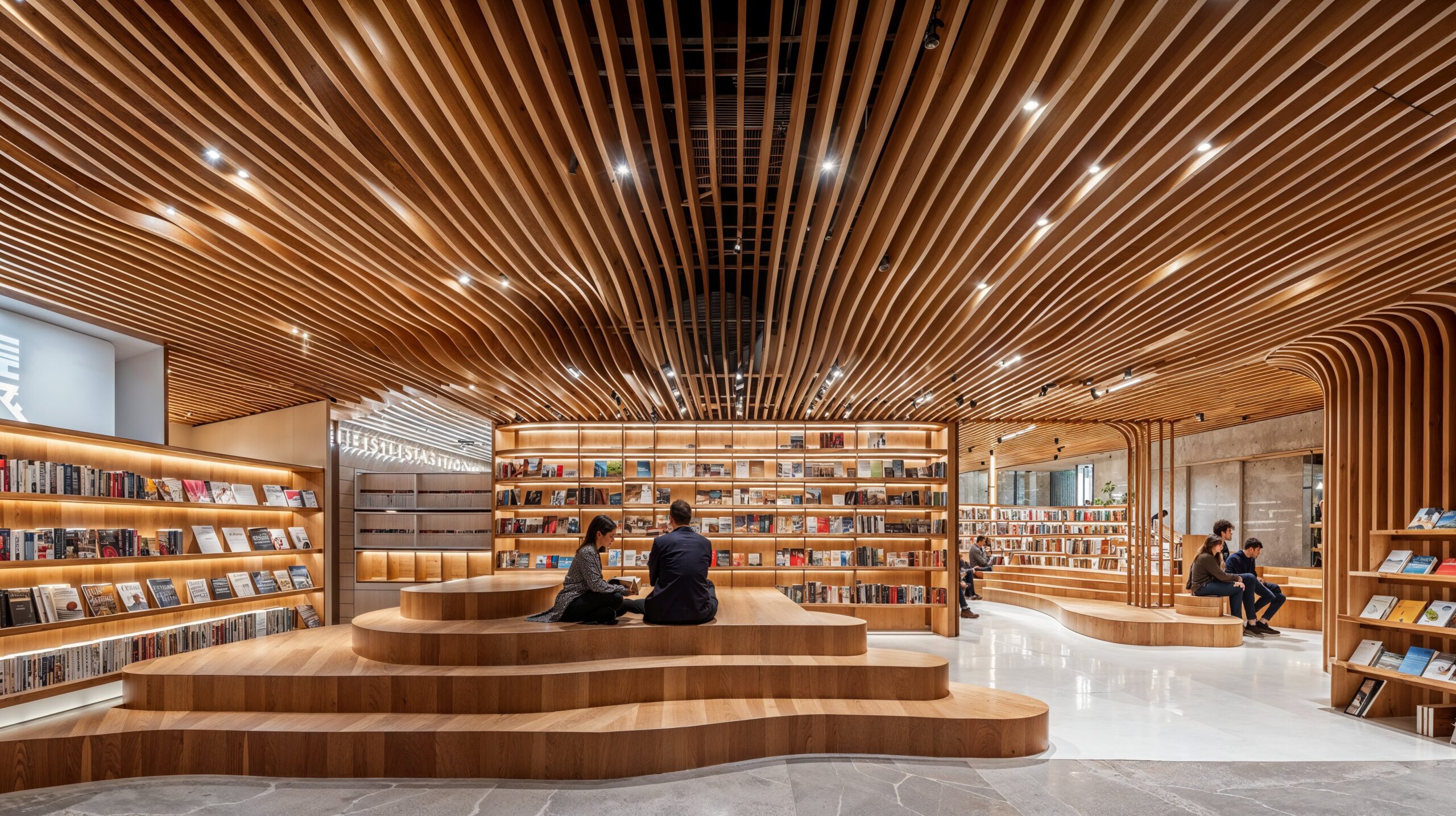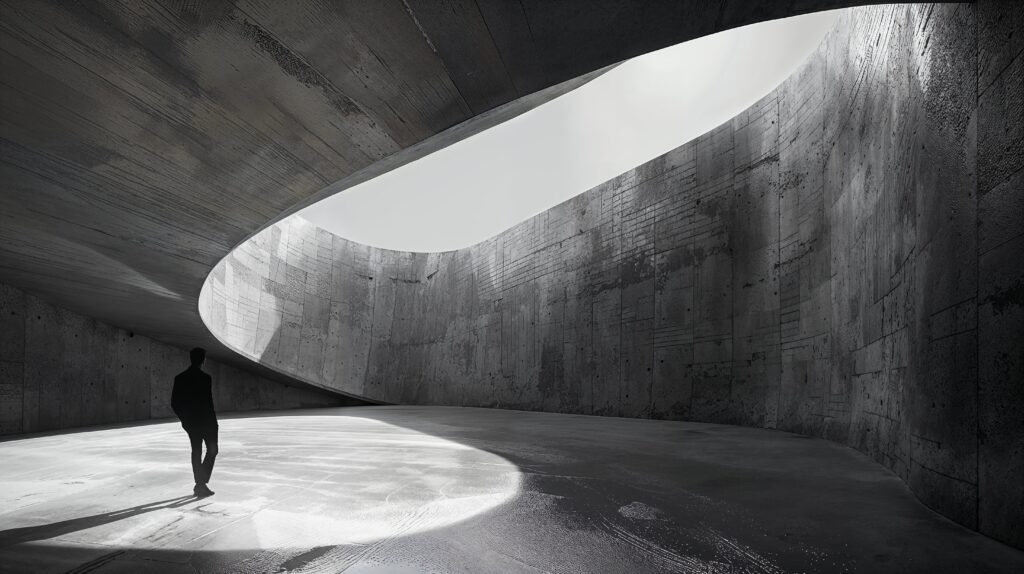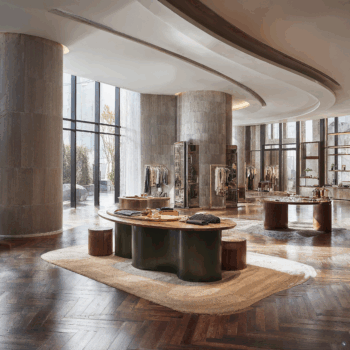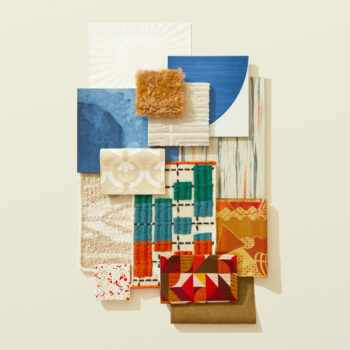
Transforming ceilings with innovative materials.
A ceiling can be an extraordinary canvas for creativity. From undulating waves to geometric forms, contemporary design has produced some truly sensational conceptual ceilings that defy convention and elevate the spaces they inhabit. These innovative designs not only add aesthetic value but also transform the atmosphere and functionality of a room, making ceilings an integral part of interior design.
Some of the most extraordinary conceptual ceilings in contemporary architecture utilize lighting and color to create a sense of drama and awe. By incorporating dynamic lighting systems, designers can change the mood of a space instantly, highlighting architectural features or creating patterns that move and shift. Color, too, plays a crucial role; bold hues can energize a room, while softer tones can induce calm and relaxation. For instance, LED lights embedded in ceilings can create starry night effects, gradient color transitions, or even interactive displays that respond to movement or sound, turning the ceiling into a living piece of art.
Other ceilings play with perception and perspective by using mirrors or angled surfaces to create optical illusions that challenge the viewer’s sense of space. Reflective surfaces can make a room appear larger and more open, while strategically placed angles can distort perception in intriguing ways. These designs often invite viewers to look up and experience the space in a new way, making the ceiling a focal point rather than an afterthought.
Materials can be employed in innovative ways. Concrete, for example, can be molded into intricate shapes and textures, adding a sculptural quality to a ceiling. This versatility allows for the creation of bold, dramatic designs that can mimic natural forms like waves or abstract patterns that draw the eye. Metal, on the other hand, can be perforated or embossed to generate patterns and shapes that play with light and shadow, creating a dynamic and ever-changing ceiling landscape. The reflective quality of metals like stainless steel or aluminum can add a sense of depth and movement, especially when paired with creative lighting.
Glass is another material that lends itself to stunning ceiling designs. It can be used to create intricate patterns or large, sweeping expanses that flood a space with natural light. Glass ceilings can also incorporate colored or frosted elements to add visual interest and control light diffusion. Meanwhile, wood brings warmth and a natural feel to interiors. Exposed beams, slatted panels, or even intricately carved wooden ceilings can create inviting and cozy atmospheres, blending traditional craftsmanship with modern design. Textile materials like fabric or mesh can be used for draped or suspended ceilings, adding a sense of softness and fluidity to a space. The use of textiles can also improve acoustics, making them an excellent choice for spaces where sound control is important.
Contemporary ceiling design has transcended traditional boundaries, turning what was once a mere structural element into a pivotal design feature. By exploring innovative uses of materials, lighting, and color, designers continue to push the limits of creativity, crafting ceilings that not only enhance but also define the spaces they inhabit.


Check out our article on Innovations in Architectural Sound Design to learn more about ceiling treatments and wallcoverings.







